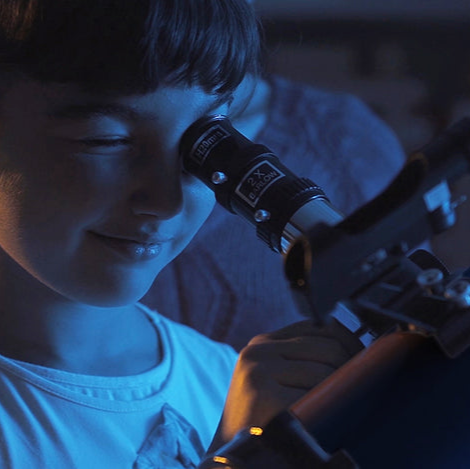Moonfest is a vibrant celebration that brings together astronomy enthusiasts, families, and the public to explore and appreciate the wonders of the Moon. This festival offers a range of engaging activities such as telescope viewings, lunar-themed educational workshops, and interactive exhibits that highlight the science, history, and cultural significance of Earth's only natural satellite. Moonfest is designed to spark curiosity and foster a deeper understanding of lunar exploration, making it a perfect event for people of all ages who want to experience the magic of the Moon firsthand.

The history of our understanding of the Moon stretches back thousands of years, evolving significantly through the efforts of astronomers, scientists, and explorers. Early civilizations such as the Babylonians, Egyptians, and Greeks observed the Moon’s phases and developed calendars based on its cycles. The Moon was often associated with mythological and religious beliefs, such as the lunar deities in various cultures.
Ancient Greek philosophers, including Pythagoras and Aristarchus, were among the first to theorize about the Moon’s nature, with Aristarchus proposing that the Moon reflects sunlight. However, it was not until the 1600s that our understanding advanced significantly, largely thanks to Galileo Galilei. With the invention of the telescope, Galileo observed the Moon's surface, revealing craters and mountains, contradicting the long-held belief that it was a smooth, perfect sphere.
In the 17th and 18th centuries, astronomers like Johannes Kepler and Isaac Newton contributed to our understanding of the Moon’s motion, developing theories of gravity and orbital mechanics that explained its path around Earth. By the 19th century, more precise lunar maps were developed, and the idea of the Moon as a barren, lifeless body began to take shape.
The 20th century marked a dramatic leap in lunar exploration. With the advent of spaceflight, the Soviet Union's Luna missions provided the first close-up images of the far side of the Moon, while the United States' Apollo program achieved humanity’s first manned lunar landing in 1969, with astronauts collecting samples and conducting experiments on the Moon’s surface. These missions expanded our knowledge of lunar geology and its potential origin, including the theory that the Moon formed from a massive impact between Earth and a Mars-sized body.
Today, scientific understanding of the Moon continues to grow through robotic missions, lunar orbiters, and plans for future crewed missions. Studies focus on its formation, resources, and its role in future space exploration. The Moon, once a distant and mysterious object, is now a key subject in understanding the history of our solar system.
- *Must be 21 years or older, and a Member of the **Explore Alliance. Limit 1 beer per adult.
- **Membership in the Explore Alliance is free. Sign up at the event.













